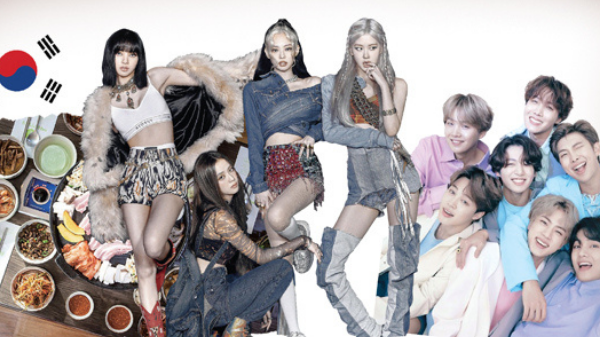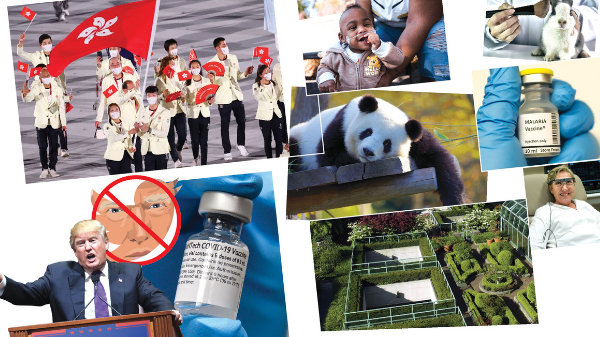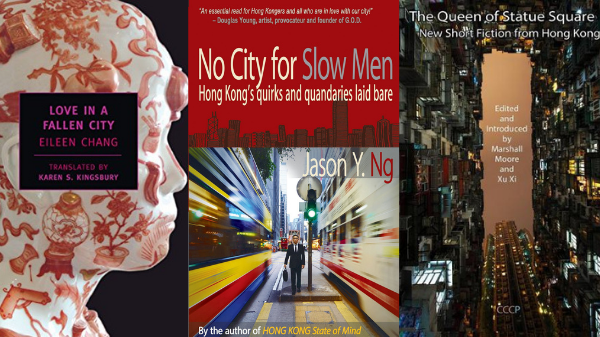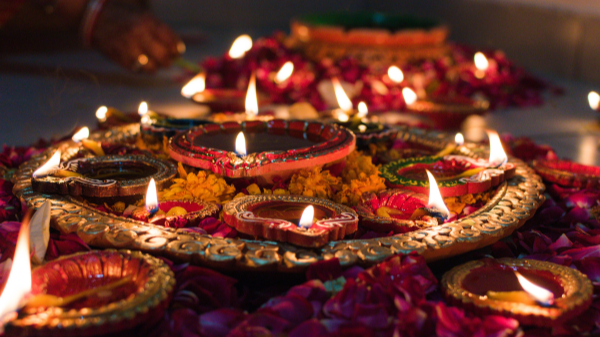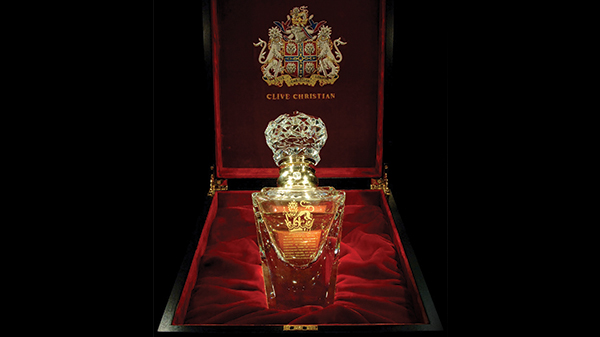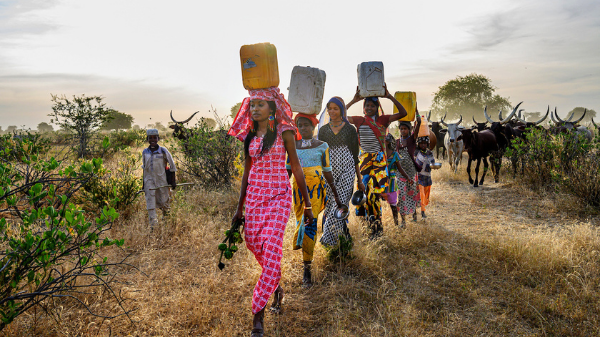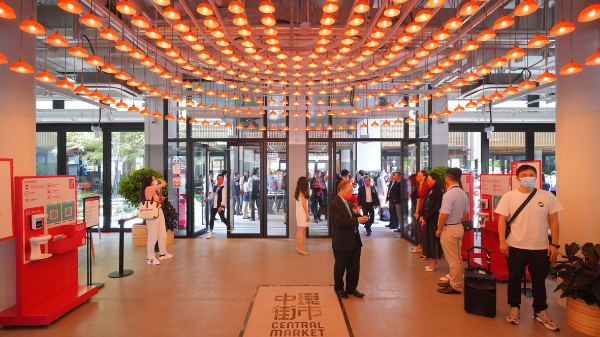After three years of construction, rehabilitation, conservation and HK$500 million, the Central-set heritage building has finally reopened its doors to the public as a 21st Century Marketplace. Putting a close focus on local businesses and community building, it completes a “Heritage Triangle” between the redeveloped Police Married Quarters (PMQ) and the heritage-arts compound, Tai Kwun Centre.
[{"id" : "60747","image" : "https://www.gafencushop.com/wp-content/gallery/central-market-2021/new-central-market_alley_central-escalator_gafencu.png","caption" : "Central market"},{"id" : "60750","image" : "https://www.gafencushop.com/wp-content/gallery/central-market-2021/new-central-market_atrium_gafencu.png","caption" : "Central market"},{"id" : "60752","image" : "https://www.gafencushop.com/wp-content/gallery/central-market-2021/new-central-market_bazaar_shopping_gafencu.png","caption" : "Central market"},{"id" : "60754","image" : "https://www.gafencushop.com/wp-content/gallery/central-market-2021/new-central-market_courtyard_gafencu.png","caption" : "Central market"},{"id" : "60756","image" : "https://www.gafencushop.com/wp-content/gallery/central-market-2021/new-central-market_design_event_exhibition_gafencu.png","caption" : "Central market"},{"id" : "60758","image" : "https://www.gafencushop.com/wp-content/gallery/central-market-2021/new-central-market_dining_gafencu.png","caption" : "Central market"},{"id" : "60760","image" : "https://www.gafencushop.com/wp-content/gallery/central-market-2021/new-central-market_entrance_gafencu.png","caption" : "Central market"},{"id" : "60762","image" : "https://www.gafencushop.com/wp-content/gallery/central-market-2021/new-central-market_gafencu.png","caption" : "resize central market"},{"id" : "60764","image" : "https://www.gafencushop.com/wp-content/gallery/central-market-2021/new-central-market_grand-staircase_gafencu.png","caption" : "Central market"},{"id" : "60766","image" : "https://www.gafencushop.com/wp-content/gallery/central-market-2021/new-central-market_local_business_gafencu.png","caption" : "Central market"},{"id" : "60768","image" : "https://www.gafencushop.com/wp-content/gallery/central-market-2021/new-central-market_local-brands-artisan_gafencu.png","caption" : "Central market"},{"id" : "60770","image" : "https://www.gafencushop.com/wp-content/gallery/central-market-2021/new-central-market_old-photograph_1_gafencu.png","caption" : "Central market"},{"id" : "60772","image" : "https://www.gafencushop.com/wp-content/gallery/central-market-2021/new-central-market_old-photograph_gafencu.png","caption" : "Central market"},{"id" : "60774","image" : "https://www.gafencushop.com/wp-content/gallery/central-market-2021/new-central-market_old-photograph_information-panel_gafencu.png","caption" : "Central market"},{"id" : "60776","image" : "https://www.gafencushop.com/wp-content/gallery/central-market-2021/new-central-market_small-business_gafencu.png","caption" : "Central market"},{"id" : "60778","image" : "https://www.gafencushop.com/wp-content/gallery/central-market-2021/new-central-market_sustainable_green-living_gafencu.png","caption" : "Central market"},{"id" : "60800","image" : "https://www.gafencushop.com/wp-content/gallery/central-market-2021/new-central-market_sustainable_oasis_gafencu.png","caption" : "new central market_sustainable_oasis_gafencu"},{"id" : "60802","image" : "https://www.gafencushop.com/wp-content/gallery/central-market-2021/new-central-market_sustainable_the_oasis_gafencu.png","caption" : "new central market_sustainable_the_oasis_gafencu"}]
A brief history
The Grade III Heritage Building was Hong Kong’s first modern wet market. Opened in 1842, the building was fully functional for more than six decades before the local government handed over the landmark site to the Urban Renewal Authority (URA) with the aim of revitalising the property under the new “Conserving Central” initiative. The 82-year old market, transformed in to a vibrant community hotspot, reopened its doors to the public on 23 August 2021 and is now jointly managed by the URA and Chinachem Group.
[{"id" : "60747","image" : "https://www.gafencushop.com/wp-content/gallery/central-market-2021/new-central-market_alley_central-escalator_gafencu.png","caption" : "Central market"},{"id" : "60750","image" : "https://www.gafencushop.com/wp-content/gallery/central-market-2021/new-central-market_atrium_gafencu.png","caption" : "Central market"},{"id" : "60752","image" : "https://www.gafencushop.com/wp-content/gallery/central-market-2021/new-central-market_bazaar_shopping_gafencu.png","caption" : "Central market"},{"id" : "60754","image" : "https://www.gafencushop.com/wp-content/gallery/central-market-2021/new-central-market_courtyard_gafencu.png","caption" : "Central market"},{"id" : "60756","image" : "https://www.gafencushop.com/wp-content/gallery/central-market-2021/new-central-market_design_event_exhibition_gafencu.png","caption" : "Central market"},{"id" : "60758","image" : "https://www.gafencushop.com/wp-content/gallery/central-market-2021/new-central-market_dining_gafencu.png","caption" : "Central market"},{"id" : "60760","image" : "https://www.gafencushop.com/wp-content/gallery/central-market-2021/new-central-market_entrance_gafencu.png","caption" : "Central market"},{"id" : "60762","image" : "https://www.gafencushop.com/wp-content/gallery/central-market-2021/new-central-market_gafencu.png","caption" : "resize central market"},{"id" : "60764","image" : "https://www.gafencushop.com/wp-content/gallery/central-market-2021/new-central-market_grand-staircase_gafencu.png","caption" : "Central market"},{"id" : "60766","image" : "https://www.gafencushop.com/wp-content/gallery/central-market-2021/new-central-market_local_business_gafencu.png","caption" : "Central market"},{"id" : "60768","image" : "https://www.gafencushop.com/wp-content/gallery/central-market-2021/new-central-market_local-brands-artisan_gafencu.png","caption" : "Central market"},{"id" : "60770","image" : "https://www.gafencushop.com/wp-content/gallery/central-market-2021/new-central-market_old-photograph_1_gafencu.png","caption" : "Central market"},{"id" : "60772","image" : "https://www.gafencushop.com/wp-content/gallery/central-market-2021/new-central-market_old-photograph_gafencu.png","caption" : "Central market"},{"id" : "60774","image" : "https://www.gafencushop.com/wp-content/gallery/central-market-2021/new-central-market_old-photograph_information-panel_gafencu.png","caption" : "Central market"},{"id" : "60776","image" : "https://www.gafencushop.com/wp-content/gallery/central-market-2021/new-central-market_small-business_gafencu.png","caption" : "Central market"},{"id" : "60778","image" : "https://www.gafencushop.com/wp-content/gallery/central-market-2021/new-central-market_sustainable_green-living_gafencu.png","caption" : "Central market"},{"id" : "60800","image" : "https://www.gafencushop.com/wp-content/gallery/central-market-2021/new-central-market_sustainable_oasis_gafencu.png","caption" : "new central market_sustainable_oasis_gafencu"},{"id" : "60802","image" : "https://www.gafencushop.com/wp-content/gallery/central-market-2021/new-central-market_sustainable_the_oasis_gafencu.png","caption" : "new central market_sustainable_the_oasis_gafencu"}]
Million-dollar makeover
Pulling back the curtain on this million-dollar makeover – or rather HK$500 million – 13 out of the than 200 original market stalls and the colonial flair in the architecture has been retained, albeit with a fresh face.
255 market stalls have been reconstructed into a “boundary-less spatial concept” with open storefronts, a semi-open courtyard and two levels of shopping, artisanal dining and events space for community building exercises. The venue breathes life into the area as it reflects the city’s spirit of innovation, vibrant energy and eclectic drive for new experiences.
Also Read: The most iconic buildings designed by international designers in Hong Kong
[{"id" : "60747","image" : "https://www.gafencushop.com/wp-content/gallery/central-market-2021/new-central-market_alley_central-escalator_gafencu.png","caption" : "Central market"},{"id" : "60750","image" : "https://www.gafencushop.com/wp-content/gallery/central-market-2021/new-central-market_atrium_gafencu.png","caption" : "Central market"},{"id" : "60752","image" : "https://www.gafencushop.com/wp-content/gallery/central-market-2021/new-central-market_bazaar_shopping_gafencu.png","caption" : "Central market"},{"id" : "60754","image" : "https://www.gafencushop.com/wp-content/gallery/central-market-2021/new-central-market_courtyard_gafencu.png","caption" : "Central market"},{"id" : "60756","image" : "https://www.gafencushop.com/wp-content/gallery/central-market-2021/new-central-market_design_event_exhibition_gafencu.png","caption" : "Central market"},{"id" : "60758","image" : "https://www.gafencushop.com/wp-content/gallery/central-market-2021/new-central-market_dining_gafencu.png","caption" : "Central market"},{"id" : "60760","image" : "https://www.gafencushop.com/wp-content/gallery/central-market-2021/new-central-market_entrance_gafencu.png","caption" : "Central market"},{"id" : "60762","image" : "https://www.gafencushop.com/wp-content/gallery/central-market-2021/new-central-market_gafencu.png","caption" : "resize central market"},{"id" : "60764","image" : "https://www.gafencushop.com/wp-content/gallery/central-market-2021/new-central-market_grand-staircase_gafencu.png","caption" : "Central market"},{"id" : "60766","image" : "https://www.gafencushop.com/wp-content/gallery/central-market-2021/new-central-market_local_business_gafencu.png","caption" : "Central market"},{"id" : "60768","image" : "https://www.gafencushop.com/wp-content/gallery/central-market-2021/new-central-market_local-brands-artisan_gafencu.png","caption" : "Central market"},{"id" : "60770","image" : "https://www.gafencushop.com/wp-content/gallery/central-market-2021/new-central-market_old-photograph_1_gafencu.png","caption" : "Central market"},{"id" : "60772","image" : "https://www.gafencushop.com/wp-content/gallery/central-market-2021/new-central-market_old-photograph_gafencu.png","caption" : "Central market"},{"id" : "60774","image" : "https://www.gafencushop.com/wp-content/gallery/central-market-2021/new-central-market_old-photograph_information-panel_gafencu.png","caption" : "Central market"},{"id" : "60776","image" : "https://www.gafencushop.com/wp-content/gallery/central-market-2021/new-central-market_small-business_gafencu.png","caption" : "Central market"},{"id" : "60778","image" : "https://www.gafencushop.com/wp-content/gallery/central-market-2021/new-central-market_sustainable_green-living_gafencu.png","caption" : "Central market"},{"id" : "60800","image" : "https://www.gafencushop.com/wp-content/gallery/central-market-2021/new-central-market_sustainable_oasis_gafencu.png","caption" : "new central market_sustainable_oasis_gafencu"},{"id" : "60802","image" : "https://www.gafencushop.com/wp-content/gallery/central-market-2021/new-central-market_sustainable_the_oasis_gafencu.png","caption" : "new central market_sustainable_the_oasis_gafencu"}]
Shopping & Dining
Putting a close focus on showcasing homegrown talents and small businesses in retail and the food and beverage industry, visitors can expect to find local startup brands like zero-waste grocery Slowood and Mak’s Beer, Artisan coffees such as Chart Coffee and aisle-after-aisle of small businesses, like jewellery brand M Jade, as well as high-end grocery store Chef’s Market.
[{"id" : "60747","image" : "https://www.gafencushop.com/wp-content/gallery/central-market-2021/new-central-market_alley_central-escalator_gafencu.png","caption" : "Central market"},{"id" : "60750","image" : "https://www.gafencushop.com/wp-content/gallery/central-market-2021/new-central-market_atrium_gafencu.png","caption" : "Central market"},{"id" : "60752","image" : "https://www.gafencushop.com/wp-content/gallery/central-market-2021/new-central-market_bazaar_shopping_gafencu.png","caption" : "Central market"},{"id" : "60754","image" : "https://www.gafencushop.com/wp-content/gallery/central-market-2021/new-central-market_courtyard_gafencu.png","caption" : "Central market"},{"id" : "60756","image" : "https://www.gafencushop.com/wp-content/gallery/central-market-2021/new-central-market_design_event_exhibition_gafencu.png","caption" : "Central market"},{"id" : "60758","image" : "https://www.gafencushop.com/wp-content/gallery/central-market-2021/new-central-market_dining_gafencu.png","caption" : "Central market"},{"id" : "60760","image" : "https://www.gafencushop.com/wp-content/gallery/central-market-2021/new-central-market_entrance_gafencu.png","caption" : "Central market"},{"id" : "60762","image" : "https://www.gafencushop.com/wp-content/gallery/central-market-2021/new-central-market_gafencu.png","caption" : "resize central market"},{"id" : "60764","image" : "https://www.gafencushop.com/wp-content/gallery/central-market-2021/new-central-market_grand-staircase_gafencu.png","caption" : "Central market"},{"id" : "60766","image" : "https://www.gafencushop.com/wp-content/gallery/central-market-2021/new-central-market_local_business_gafencu.png","caption" : "Central market"},{"id" : "60768","image" : "https://www.gafencushop.com/wp-content/gallery/central-market-2021/new-central-market_local-brands-artisan_gafencu.png","caption" : "Central market"},{"id" : "60770","image" : "https://www.gafencushop.com/wp-content/gallery/central-market-2021/new-central-market_old-photograph_1_gafencu.png","caption" : "Central market"},{"id" : "60772","image" : "https://www.gafencushop.com/wp-content/gallery/central-market-2021/new-central-market_old-photograph_gafencu.png","caption" : "Central market"},{"id" : "60774","image" : "https://www.gafencushop.com/wp-content/gallery/central-market-2021/new-central-market_old-photograph_information-panel_gafencu.png","caption" : "Central market"},{"id" : "60776","image" : "https://www.gafencushop.com/wp-content/gallery/central-market-2021/new-central-market_small-business_gafencu.png","caption" : "Central market"},{"id" : "60778","image" : "https://www.gafencushop.com/wp-content/gallery/central-market-2021/new-central-market_sustainable_green-living_gafencu.png","caption" : "Central market"},{"id" : "60800","image" : "https://www.gafencushop.com/wp-content/gallery/central-market-2021/new-central-market_sustainable_oasis_gafencu.png","caption" : "new central market_sustainable_oasis_gafencu"},{"id" : "60802","image" : "https://www.gafencushop.com/wp-content/gallery/central-market-2021/new-central-market_sustainable_the_oasis_gafencu.png","caption" : "new central market_sustainable_the_oasis_gafencu"}]
A playground for all
Chinachem Group stated that, along with the URA, it hoped to turn the Central Market into a “playground for all” as seen with its various event spaces. The ground-level courtyard is decorated with lush greenery with a small garden of flowers on each end, the space replete with motion sensor system, LED projection wall and wireless network coverage has been redefined for community performances. The first level also features a 2,500 sq.ft multi-functional event space for open forums, exhibitions, and cultural performances for every age group.

A stroll through the past
Lining the walls of the first level, of what used to be the Central Escalator Link Alley Shopping Arcade, visitors can walk through the history of the building and experience its heritage through old photographs, information panels and QR codes that explain the various areas and features of the building.
Opening Hours: 10am – 10pm
For more information: centralmarket.hk
Photos courtesy of Chinachem Group
Also Read: Hong Kong’s heritage restaurants









